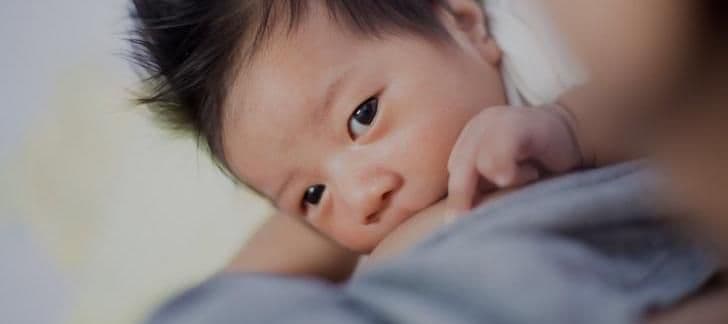Diastasis Recti and Pregnancy Abdominal Muscle Separation
Postpartum
Obie Editorial Team

What is diastasis recti?
Diastasis of the recti abdominal muscle (DRAM) is a separation between the left and right side of the rectus abdominis muscle, which covers the front surface of the abdomen. It happens in up to 55% of all women post pregnancy.
During pregnancy, the growing uterus pushes the abdominal wall out against the abdomen and recti muscles, weaking the two recti muscles which are located to the right and left of the abdominal center. The two halves of your recti muscle are joined together at the linea alba, a string of connective tissue. During pregnancy, as the uterus grows, that muscle lengthens and causes the two halves to separate. As the muscle separates, the connective tissue linea alba stretches sideways making it thinner and weaker.
What are risks for diastasis recti?
Risks factors for a diastasis recti include:
- Big babies
- Multiples
- More than one pregnancy
What does a diastasis recti look like?
A diastasis recti looks like a ridge, which runs down the middle of the belly area. It stretches from the bottom of the breastbone to the belly button, and increases with muscle straining.
A diastasis recti is usually diagnosed with a simple examination by the doctor when the muscles and the abdomen protrude.
How is diastasis recti treated?
There is no known treatment for DRAM during pregnancy or after delivery, Post pregnancy diastasis recti usually persist for some time. Exercise may help improve the condition, though in one review of exercises for DRAM it was shown that exercise does not necessarily prevent DRAM. Another study from Norway confirmed that postpartum exercise was not helpful.
Complications can happen when there is a hernia, when bowel protrudes through the diastasis recti. If you experience pain, you should see your doctor right away because surgery may be indicated.









